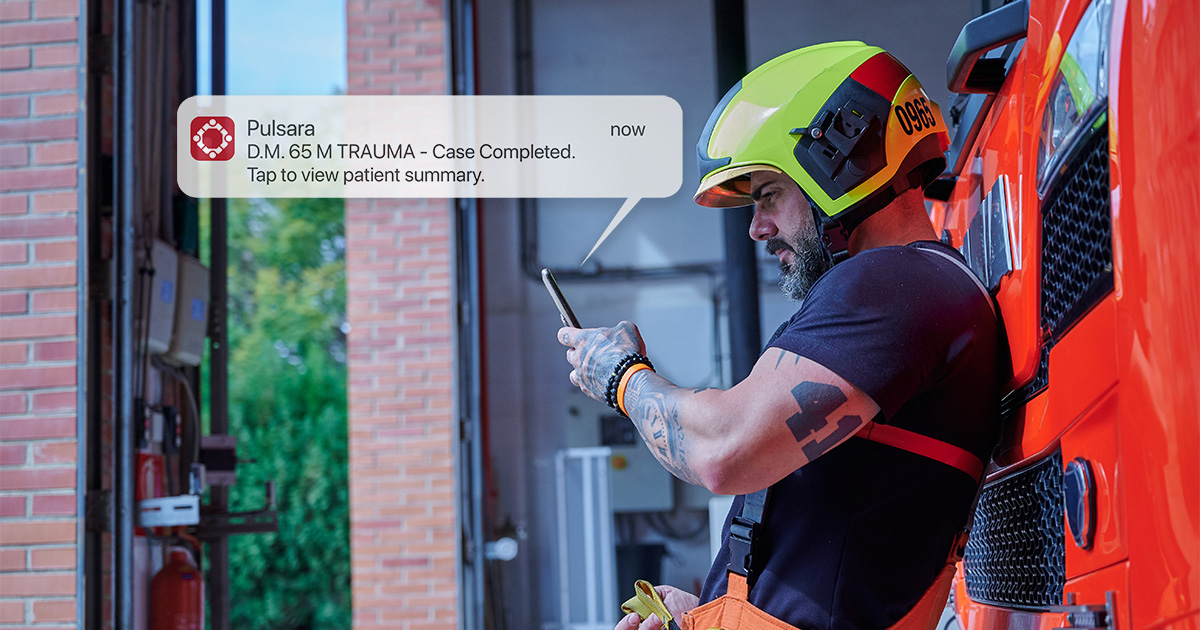4 min read
Making Technology Work for You Instead of Against You
EDITOR'S NOTE: This article originally appeared on FireRescue1.com. Special thanks to our guest author, Courtney Levin, for FireRescue1 BrandFocus Staff. This platform helps ensure consistent and...

